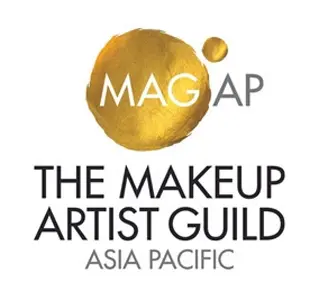Regardless of whether you’re a professional makeup artist or someone who likes to create makeup demo videos for fun, it’s easy to get the eyeshadow application wrong. That’s because it’s a tricky discipline, but don’t fret, as we’re here with a bit of advice to help make it that bit easier.
Why Does My Eyeshadow Look Muddy?
As beauty courses online will show you, a muddy look can happen for a range of different reasons, from using the wrong brush to selecting an incorrect eyeshadow colour. The good news is that the dos and don’ts we cover here should give you what you need to prevent unsightly after-effects like these.
How To Apply Eyeshadow Under The Eye
Ok, so first, it’s important to say that a make-up course will teach you the full range of skills you need, but for now, these do’s and don't should get you off to a good start. So, if you’ve got your notebook ready, let’s dig into the good stuff!
The Do’s Of Eyeshadow Application
Let’s begin with the eyeshadow dos…
- DO prime the area: First of all, as tafe online courses teach, one step you won’t want to skip is to use a primer to prepare the area. While this won’t do anything to enhance the pigment of your eyeshadow, it will make sure that it stays on all day and isn’t plagued by unsightly creasing. The eyelids are an area that can be prepared in this way too, and regular concealer/primer will suffice.
- DO add dimension: A professional makeup artist will know that the simplest way to achieve a dramatic look is to create the illusion of extra dimension. This involves the use of matte and shimmery shades that work to create a more three-dimensional effect. The eyes should be darker towards the outer corners, with lighter shades further in, which, when smoothed together, will look fabulous.
- DO make sure you blend: Another essential part of the process is blending, which also means using the right brush. This is typically a fluffy brush that’s held lightly in hand near the top of the handle. When gently brushed across the skin, it will give you the blending effect you’re after. However, as we’ll see in the DON’TS section, you should avoid doing it too much.
The Don’ts Of Eyeshadow Application
And now to those eyeshadow DON’Ts…
- Don't blend too much: While blending is great for achieving a smooth transition from one eye makeup colour to the next, it’s important not to overdo things. That’s because if you do, you’ll end up with an uneven and patchy-looking appearance. If that happens, you’ll likely have to start again.
- DON’T apply too much pressure: Even free online courses in makeup will cover this next tip, and it relates to pressing too hard with your brush. You’re looking for a light application, so be sparing with the tip of the brush (which shouldn’t be dense), and you’ll avoid the problem and achieve the look you’re going for.
- DON’T transition with a shimmer product: When creating your 3D look, you don’t want to use a shimmer product for the middle or ‘transition’ shade. That’s because its reflective properties will look out of place and overwhelm the subtle look you intend to create. Instead, a matte shade is best.
Become a Makeup Pro with OCA Beauty Courses Online
Eyeshadow is just a tiny part of what’s required to become a makeup artist, and if you’re looking for a convenient and mentally stimulating way to learn, a video-based, CPD-Endorsed makeup course that’s supported by 1-to-1 mentoring 7 days a week is the savvy way to gain train for a career in the industry.
Our courses (which cover more than 20 different industries) can be taken at a pace that suits you and your life’s obligations. If you’d like to know more about this or other aspects, like our flexible payment options, check us out today at www.onlinecoursesaustralia.edu.au.
To see just how engaging and stimulating our learning resources are, see our student study demo, or if it’s advice you’re after, give us a ring at 1300 611 404 or email us at [email protected]. The moment we get your enquiry, we’ll do our utmost to reply as fast as we can.





















